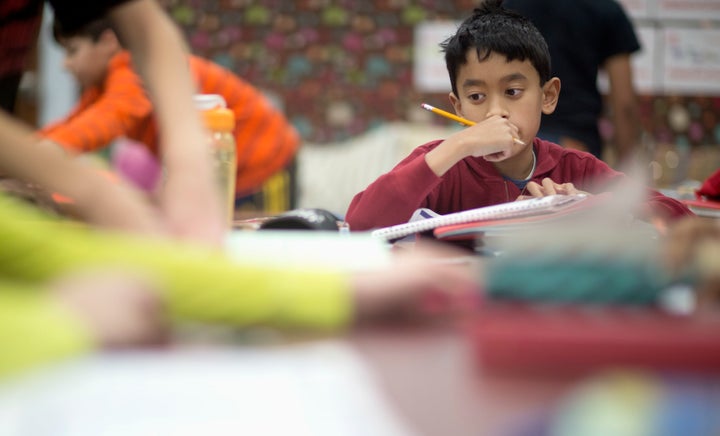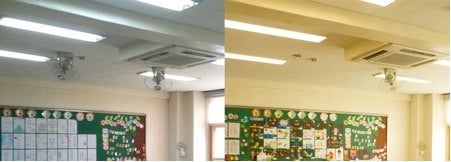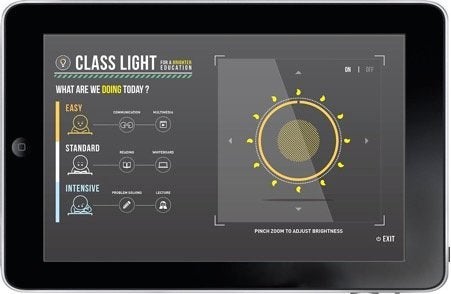
We all know how just the right lighting can set "the mood" -- whether you're aiming for a romantic ambiance, an energizing workout environment, or a dimly lit atmosphere to relax in.
Now, a new study published in the journal Optics Express this week, suggests that dynamic lighting can support students' performance in classrooms.
Researchers in South Korea found that lighting can be optimized for many various activities, from test-taking to recess to reading, and they characterized lighting by measuring their CCTs -- or different correlated color temperatures -- from "warm" to "cool" using the Kelvin scale.
While the Korea Advanced Institute of Science and Technology research findings may seem obvious, they provide more evidence to support the argument that lighting can influence our well-being and that we can manipulate lighting to help improve our well-being, study co-author Dr. Hyeon-Jeong Suk, an associate professor at the institute, told The Huffington Post on Thursday.
"Besides improving human performance, variable lighting CCTs also exert a great influence on both the physical and mental conditions of humans," Suk said. "However, such benefits of lighting have not yet been fully adopted in the educational environment. At the beginning of our research, we were shocked by the fact that the lighting facilities in educational environments were much poorer than we’d anticipated."
The study involved two classrooms, where 54 fourth-grade students were taking math tests. One classroom was equipped with LED lights that could be tuned to CCTs of 3500 K (which is a "warm" yellowish white), 5000 K (neutral), and 6500 K (a "cool," bluish white that mimics natural daylight). The other classroom had standard fluorescent lighting and served as a control group.

The researchers found students were more alert and scored higher on their tests when they were in a classroom with 6500 K lighting.
"The preliminary study and the field experiment fully supported a positive effect of 6500 K lighting on academic performance and 3500 K lighting on encouraging recess activities," said the study's first author, Kyungah Choi, a PhD candidate at the institute.

The researchers also interviewed the students so that the study team could record whether or not they noticed any changes in lighting and their own performance.
"We were surprised by the fact that besides observing the performance improvement during the mathematical test, the interview results with young children -- who have almost no background knowledge on lighting -- were also in line with our empirical results," Suk said. "This shows that the effect of lighting was direct and intuitive and that anyone, regardless of age or level of knowledge, could experience and be aware."
The researchers concluded that the 3500 K warm lighting may provide a relaxing environment to support recess activities, whereas the 5000 K "standard" lighting may be applied for reading activities, and 6500 K dynamic lighting supports students' performance during intensive academic activities.
"Although the current research has mainly focused on the educational sector, dynamic lighting, as previously mentioned, can be employed to positively enhance users’ mood, well-being, and their health," Suk said. "Lighting, compared to numerous other facility investments to enhance such physical and mental states of humans, is highly effective in a sense that it could produce a dramatic effect with slight change."
